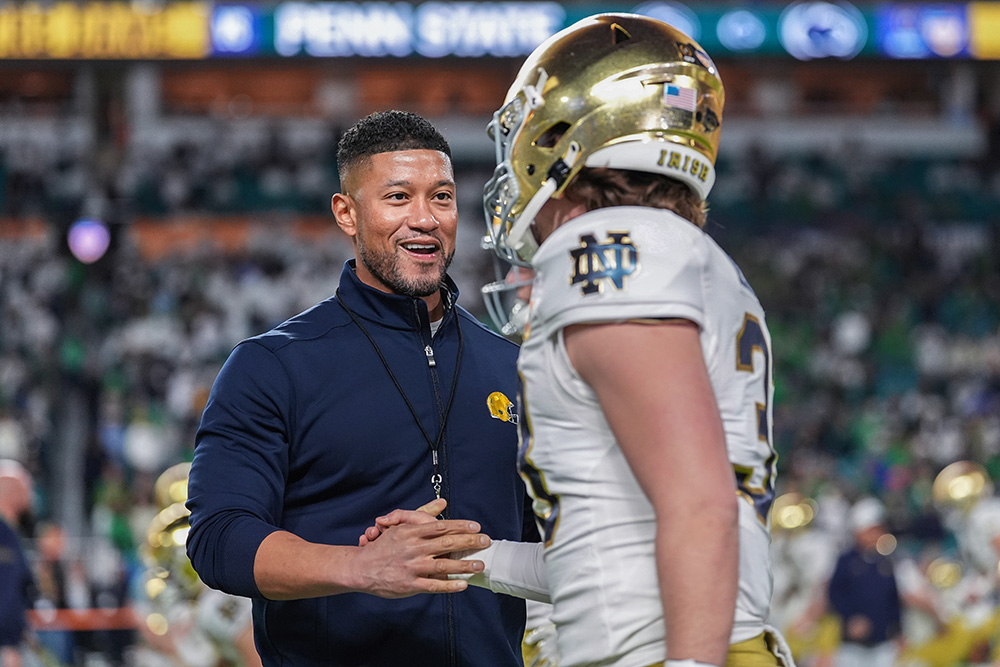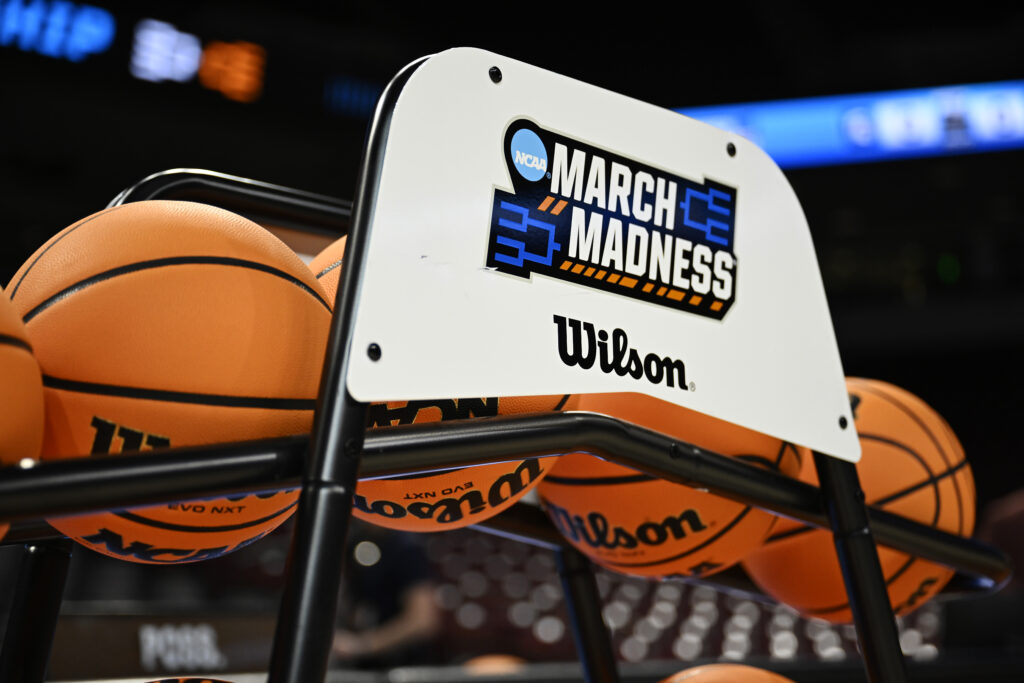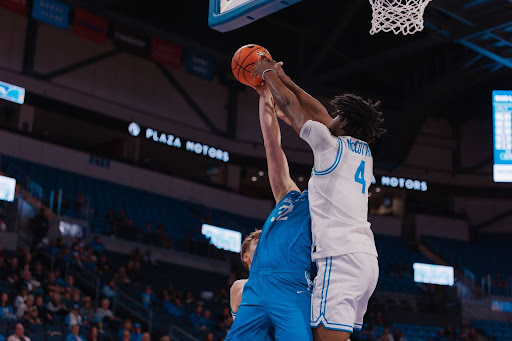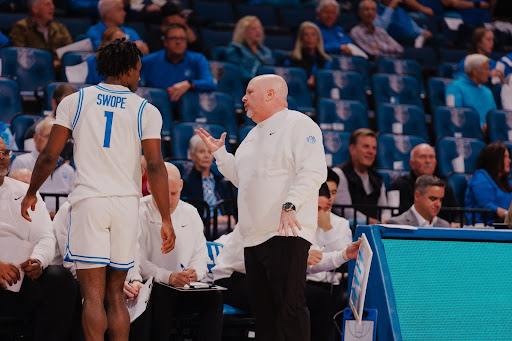When Conference USA formed in 1995, everyone associated with the new group of schools knew that there would be some growing pains. Basketball was to be the strength of the conference at the start, with the hope that the football programs would soon establish themselves as top programs. In the meantime, the smaller sports would have to wait to be marketed. After the league was set up, the league hammered away at getting lucrative television contracts for those sports. And it succeeded.
While the big sports have garnered national success as of late, some of the conference’s lesser-known sports have struggled to gain the same footing. Women’s soccer is one of those sports.
But things are certainly looking up for C-USA women’s soccer. The quality of soccer, players and coaches have never better. However, as some coaches have noted, it can get better.
In 1995, C-USA women’s soccer started with six teams-Charlotte, Cincinnati, Evansville, Louisville, Marquette and Memphis. Five schools fielded new squads in 1996-Alabama-Birmingham, DePaul, Saint Louis, South Florida and Tulane-with Evansville dropping out of the conference. That brought the number of teams to 10. In 1998, Houston and Southern Miss added clubs, filling out the league at 12 teams.
From 1995-1999, Marquette won the regular season title twice (1996 and 1997); Cincinnati has taken it twice (1995 and 1997); Charlotte (1997), Saint Louis (1999) and South Florida (1998) have carried the trophy. In the postseason tourney, Charlotte won the title twice (1995 and 1998); Cincinnati also accomplished the feat twice (1996 and 1997); and Marquette gained the championship in 1999. No team has ever succeeded in winning both titles in the same year.
One of the conference’s biggest moments came in 1997. That’s when the NCAA awarded the league an automatic bid to the tournament. However, C-USA has only sent one team to the NCAA Tournament every year since then.
One of the things that Markus Roeders, head coach at Marquette, and Meridy Glenn, head coach at Cincinnati, have said is that the conference can only improve. But patience is key.
“It takes time,” said Roeders, who is in his fifth year at Marquette. “We’re all working hard to make it (C-USA) the best conference.”
Glenn realizes that, over the course of time, the conference will get better. But, as she nears the completion of her 18th year of coaching at Cincinnati, she also thinks that the conference needs to take an active approach in promoting the women’s game.
“I think there’s still a belief soccer hasn’t arrived in this country,” said Glenn. She also noted, “Conference USA and each individual institution need to recognize we have an opportunity, businesswise, to market this,” adding that C-USA must step back and say, “Where does soccer fit in the C-USA picture?”
That’s a good question to pose, considering that the league has made great strides in the last two years. The quality of players entering the league and the quality of play have improved.
“Competition within the conference is great. There are a lot of close games on any given day,” Roeders said. “The top four teams have had great success in the conference this year.”
Glenn added, “We’ve got some very good players. Our freshmen class-all across the board are good freshmen.”
Even though better players are filling the lineups of teams, C-USA is sometimes losing out to some of the bigger conferences, like the Big Ten and Southeastern Conference.
“Most of us are letting recruits know that the level of play within the conference is pretty good.”
Schools’ schedules have improved as well, with more teams adding nationally-ranked squads to their schedules. Glenn thinks that trend should continue if the conference is to gain recognition.
“We need to keep scheduling good games,” Glenn said.
“Every nonconference game we (C-USA) win is a great game for all of us,” Roeders said.
For C-USA to be successful in the next five years, both coaches feel that the conference must land an at-large team in the NCAA Tournament on a regular basis.
Glenn is also looking for two things to occur for C-USA in the next five years.
“A very realistic and doable goal is to crack the top 10 (in the RPI) and stay there. Second, we need to get two schools accepted (to the NCAAs) consistently.”
Glenn also added that she’d like to see the media help out. She would like the media to drum up support for some of the rivalry matches, and she would like to see about two to four matches televised every year.
Ultimately, Glenn said that the direction of women’s soccer in C-USA lies with the athletic directors and each individual school. Two aspects of that notion deals with funding and coaching.
“All schools need to be on par with scholarships. Not everyone has a full compliment, Glenn said. “We need to work to get to that fully-funded level and to having some assistant coaches.”
But for now, things are going about as well as they can go, especially for a conference that’s 6-years old.








